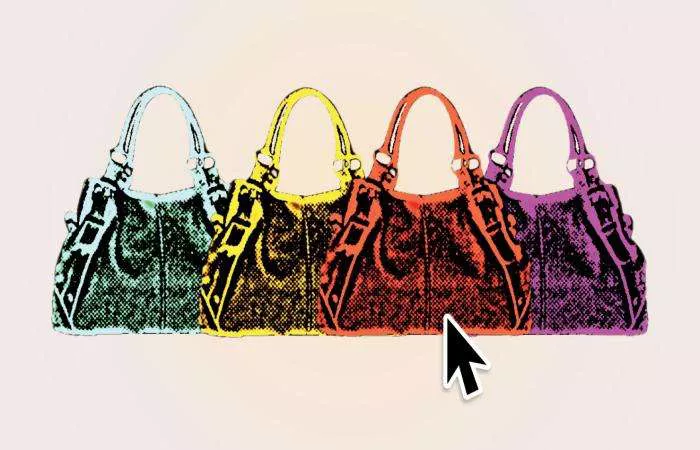For many, the thrill of unboxing a luxury purchase is unmatched—until the excitement turns to suspicion. Joan Kim, a Los Angeles-based content creator, learned this the hard way after spending $2,600 on what she believed was an authentic The Row tote from Saks Fifth Avenue, only to question its legitimacy. Her viral TikTok video, posted in December 2024 and viewed over 1 million times, ignited a broader conversation about counterfeit goods infiltrating trusted retailers.
A Costly Discrepancy
Kim, who owned a medium-sized The Row bag purchased directly from the brand’s Melrose Place store, noticed immediate red flags with her Saks order. The dust bag was a different fabric, the drawstring thicker, and the logo stitching inconsistent. Side-by-side comparisons revealed further discrepancies in the lining and shape. “I had a feeling it was off,” Kim told CNN, adding that the bag “was even weirder” upon closer inspection.
Though Saks issued a refund via gift card after Kim escalated the issue in person at their Beverly Hills store, the ordeal left her wary of online luxury shopping. “I haven’t purchased anything online since,” she said. Saks confirmed the case was resolved but declined to comment on the bag’s authenticity or its fate post-return.
A Systemic Issue
Kim’s experience isn’t isolated. Tiffany Kim (no relation), a California dental hygienist, raised similar concerns after buying a $1,000 The Row bag from SSENSE, a Canadian luxury e-tailer. The bag lacked a warranty card and differed significantly in size and material from one bought directly from the brand. SSENSE told CNN it reached out to resolve the issue but did not address authenticity claims.
Meanwhile, UK retailer Flannels has faced repeated accusations of selling counterfeit items, including Saint Laurent belts and Gucci sandals. In 2018, Moncler confirmed some Flannels-sold items were fake. Flannels declined to comment on current allegations.
How Do Fakes Slip Through?
Experts point to fraudulent returns and complex supply chains as key vulnerabilities. Simon Geale of supply chain firm Proxima explained that counterfeiters may exploit return policies by swapping genuine items with fakes. “Processing returns is costly, and inspections aren’t always thorough,” he noted.
Ona Simpson, a luxury supply chain consultant, highlighted the rise of e-concessions and drop-shipping, where retailers source products from third-party suppliers to reduce inventory costs. “A customer might think they’re buying a Prada bag from Saks’ warehouse, but it could come from elsewhere,” she said. This lack of oversight increases the risk of counterfeits entering inventories unknowingly.
The Luxury Industry’s Dilemma
With brands like Chanel refusing to sell handbags online to protect exclusivity, retailers face pressure to meet demand through alternative suppliers—some of whom may peddle fakes. “Stores are trying to keep customers happy, but fraudsters exploit that,” Simpson added.
As luxury retail grows more homogenized, Simpson urges stricter authentication processes. “Every step now carries a greater chance of fraud,” she warned. For shoppers like Joan Kim, the lesson is clear: buy in-store, or risk disappointment.
Related topics:

